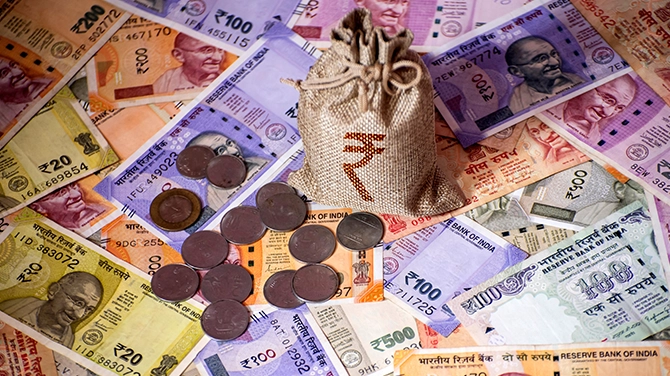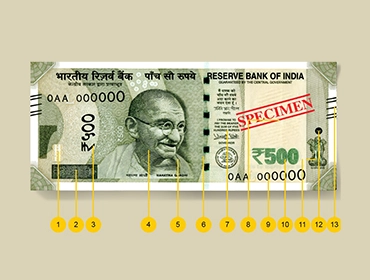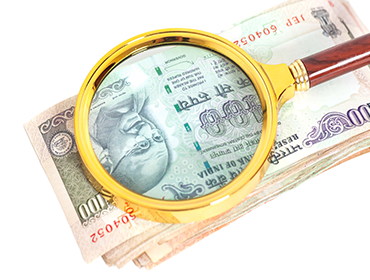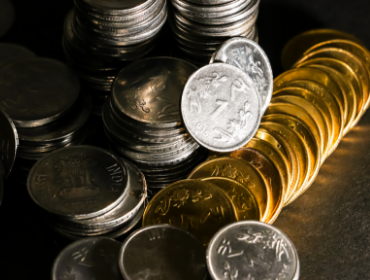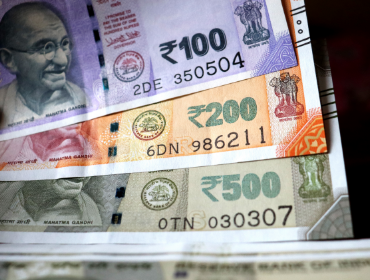Few initiatives
We have taken several initiatives to improve customer service with regard to banknotes. Some of them are:
- Giving incentive to banks for adjudication of cut notes and mopping up of soiled notes
- Transferring currency exchange facility to bank branches
- Permitting banks to engage the services of Business Correspondents and Cash-In-Transit companies for distribution of notes and coins and ensure last mile connectivity
- Introduction of New MG Series of Banknotes
- MANI App a mobile application for aiding visually impaired persons to identify the denomination of Indian Banknotes







